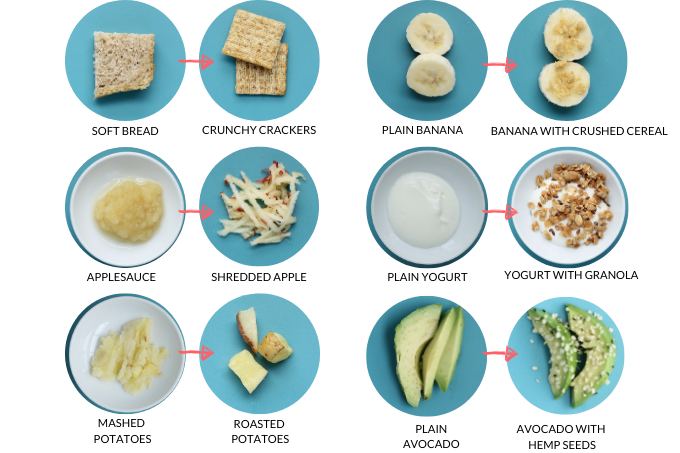
Food Aversion In Toddlers. The acronym stands for Avoidant Restrictive Food Intake Disorder. Instead gently tell them Today were having peas. The most common cravings include dairy and sweet foods such as fruit and fruit juices sweet desserts and chocolate whereas the most common aversions are to alcohol caffeinated drinks meats fish poultry and eggs. Toddlers or children that are already displaying signs of extreme picky eating or Avoidant Restrictive Food Intake Disorder ARFID may intensify their food aversions because over time their sensitivities continue to worsen as the lack of exposure to different textures and.

By two years old toddlers are typically able to tolerate all food textures chewy crunchy soft pureed and eat foods from all food groups. DD1 has been for the most part feeding herself independently for a few months now. Newborns babies toddlers and even older kids can sometimes develop an oral aversion. Check the label of any food product you use to make family meals. In fact one report estimates that 20 to 50 percent of healthy children have some sort of feeding. While sensory food aversion does occur in children with sensory processing disorder SPD having strong food aversions does not mean your child has SPD.
Eat dinner at a table and engage in cheerful conversation.
Sorry this is a bit jumbledIm kind of asking two very intertwined questions at once. Newborns babies toddlers and even older kids can sometimes develop an oral aversion. Fear of eating a history of negative experiences with food medical conditions sensory interference and more. Toddlers or children that are already displaying signs of extreme picky eating or Avoidant Restrictive Food Intake Disorder ARFID may intensify their food aversions because over time their sensitivities continue to worsen as the lack of exposure to different textures and. The acronym stands for Avoidant Restrictive Food Intake Disorder. Often the case a childs unwillingness to eat may be the result of a feeding aversion.